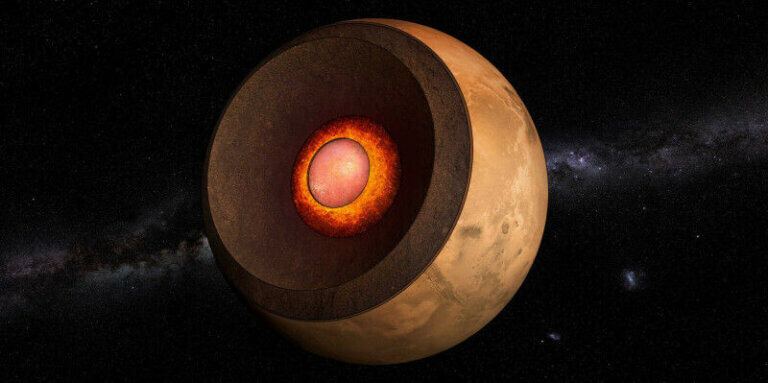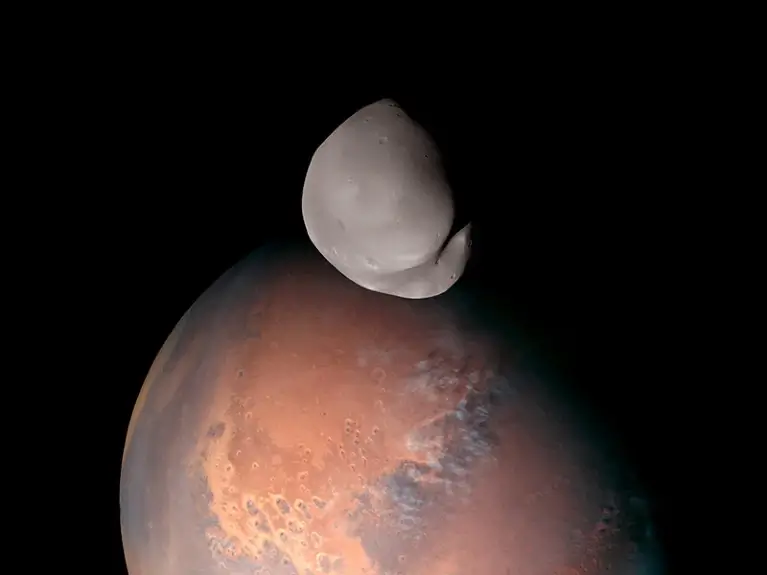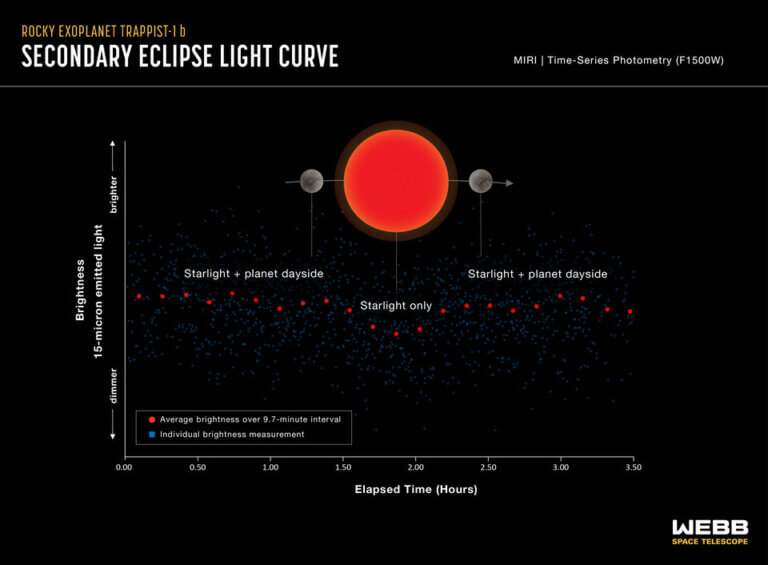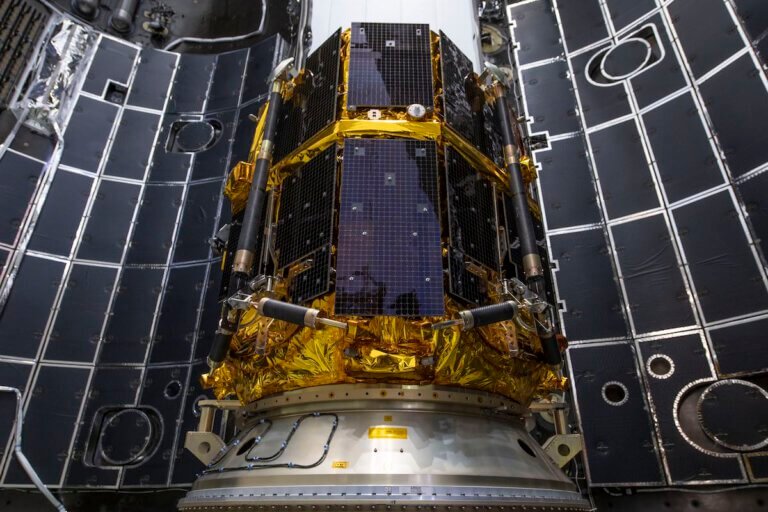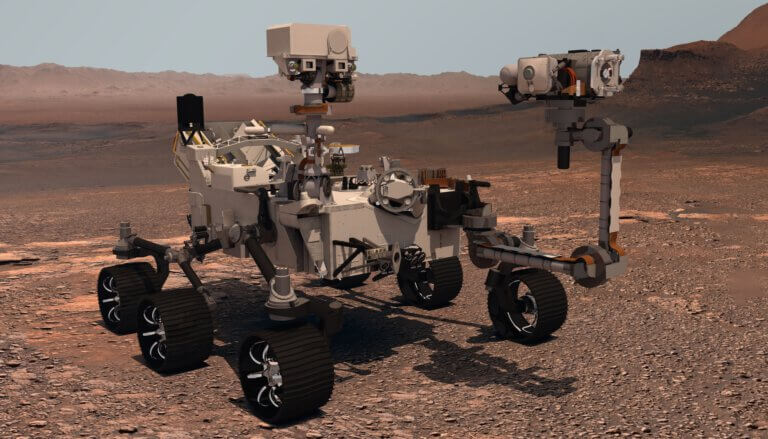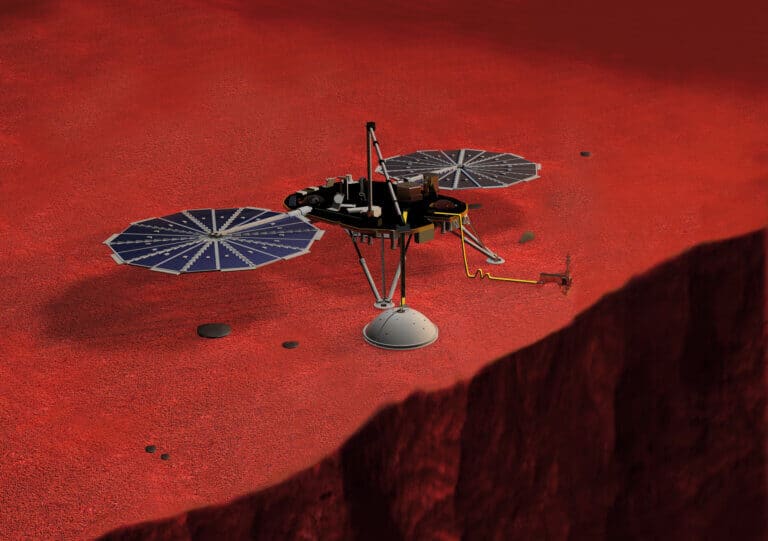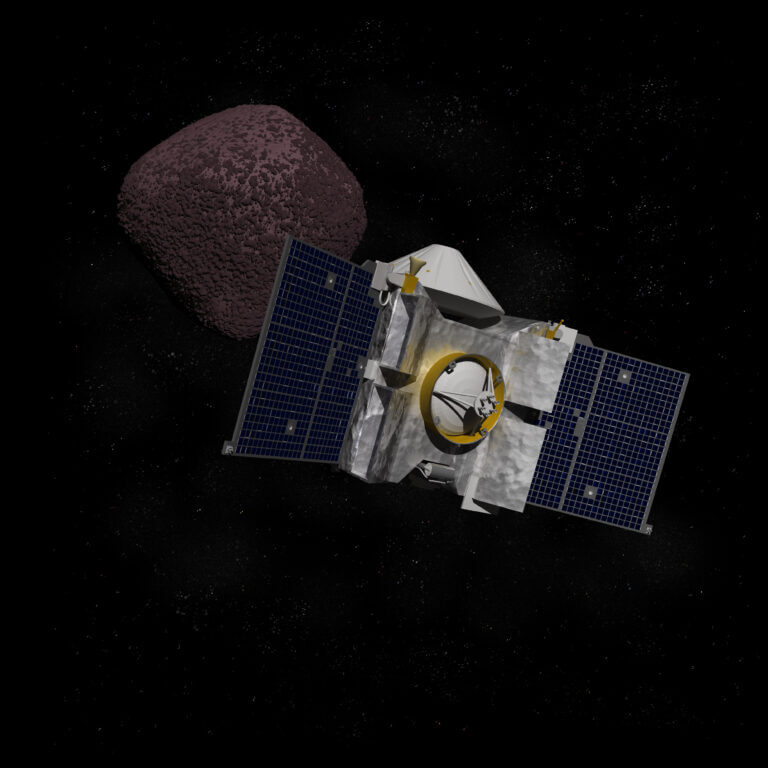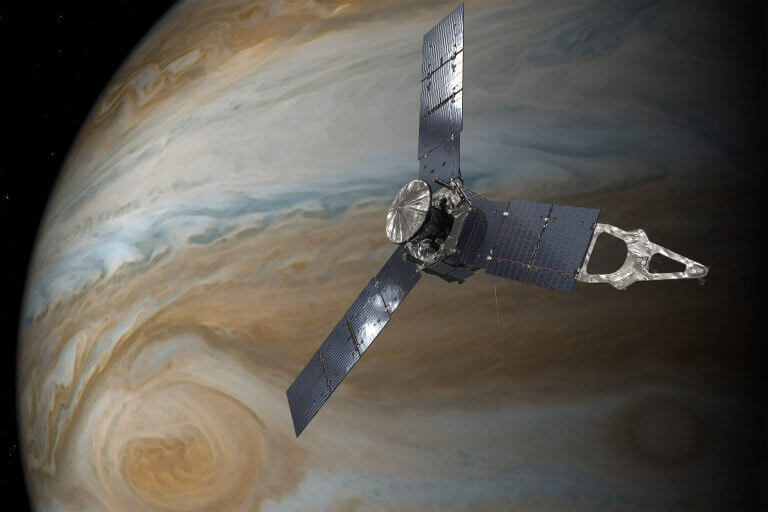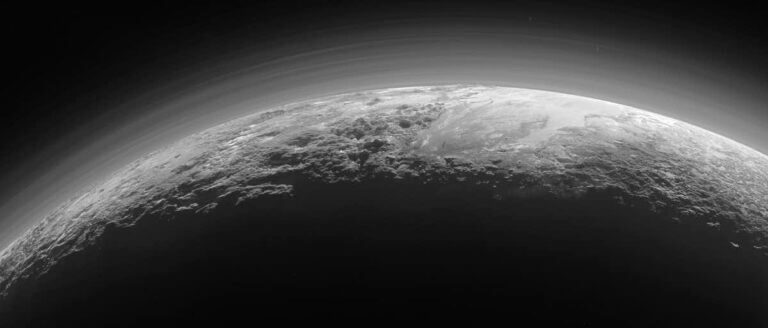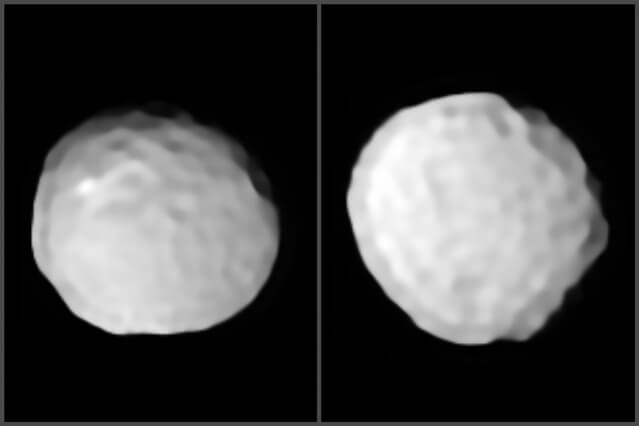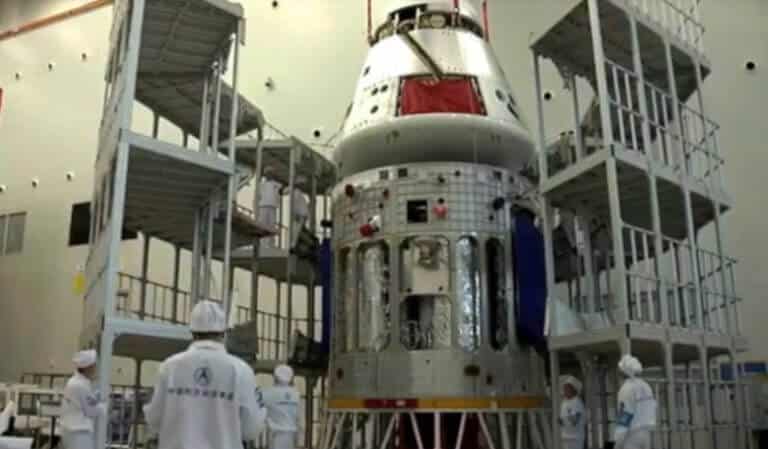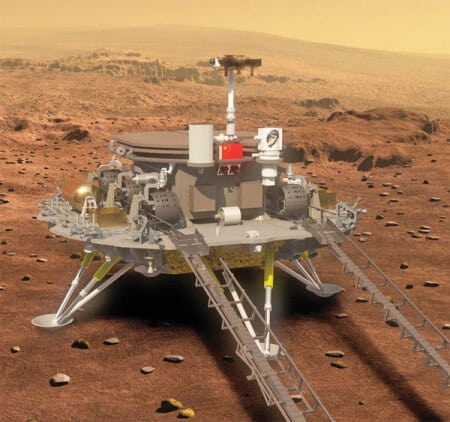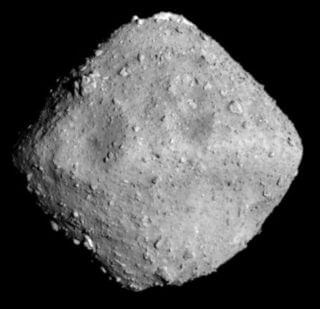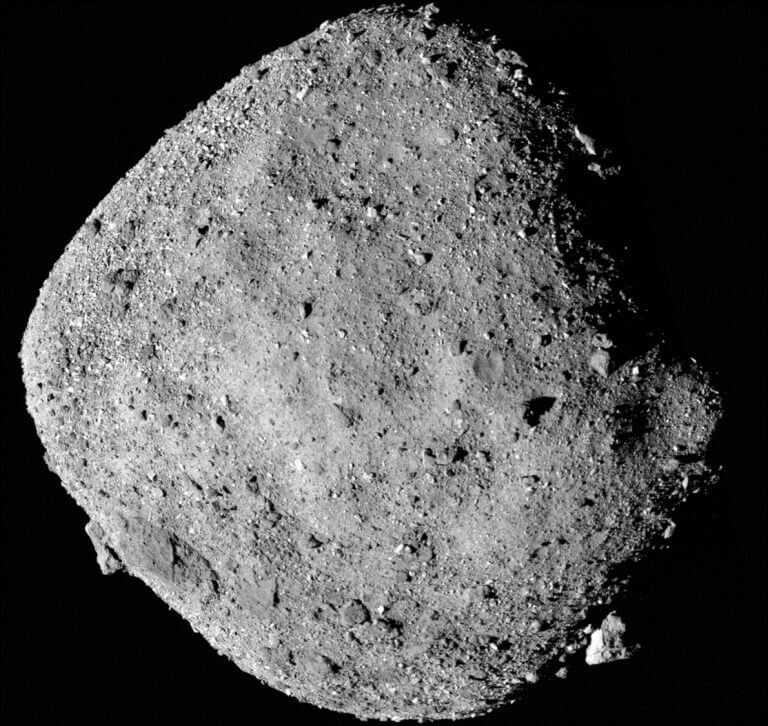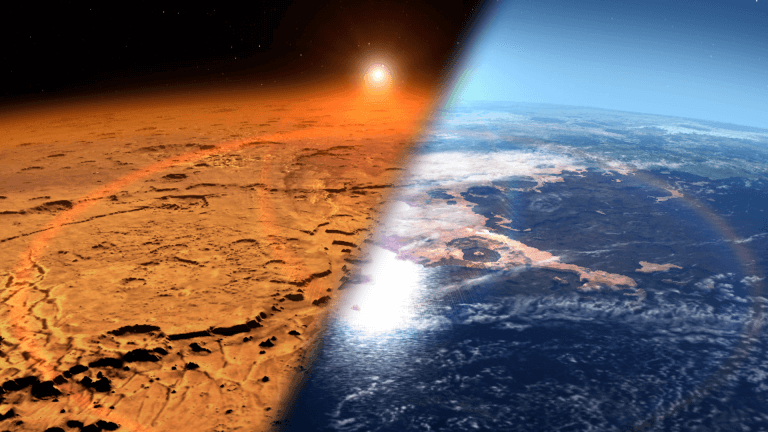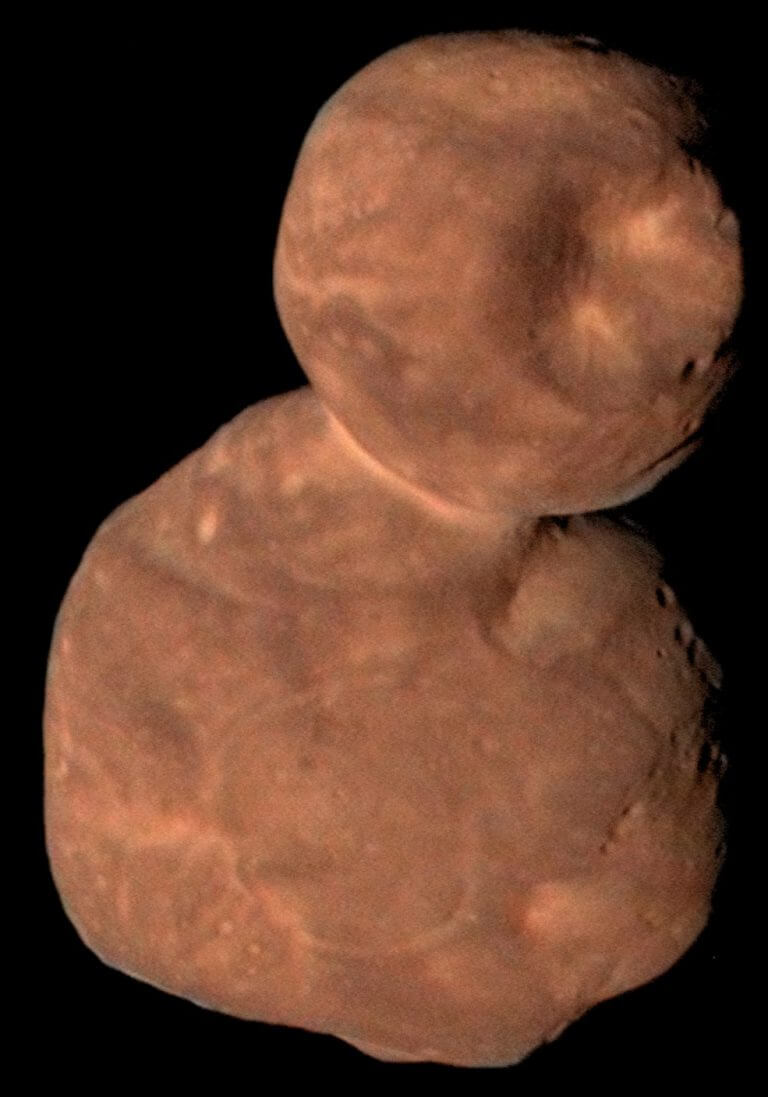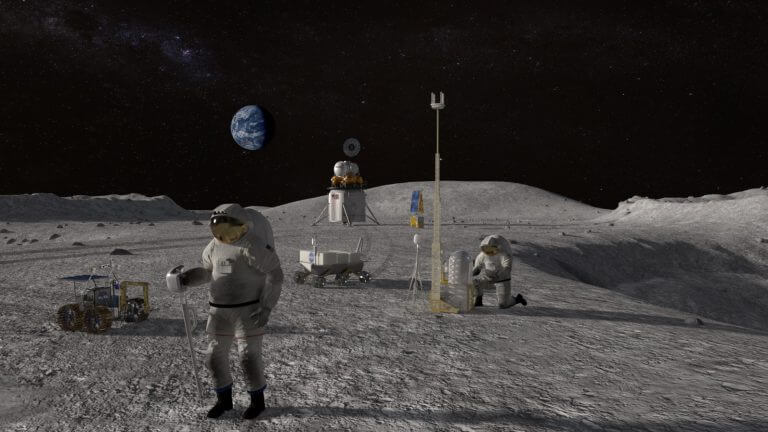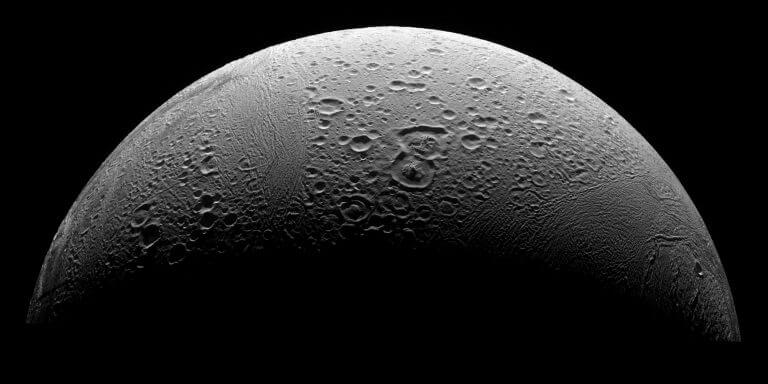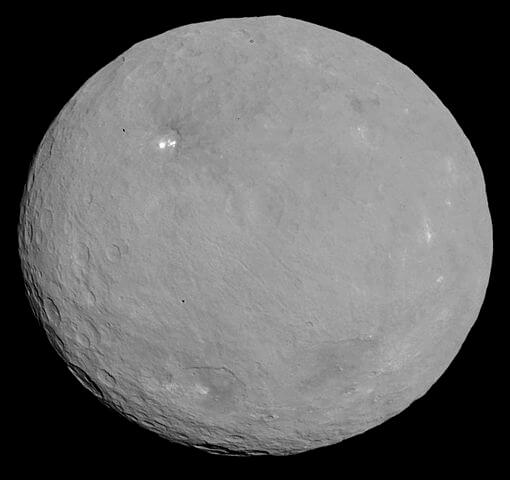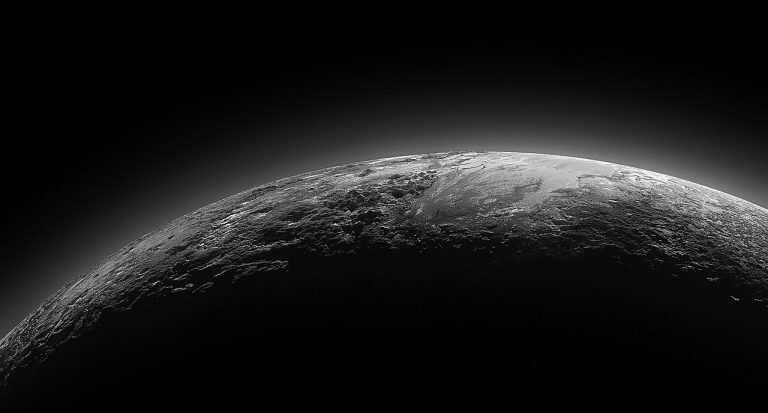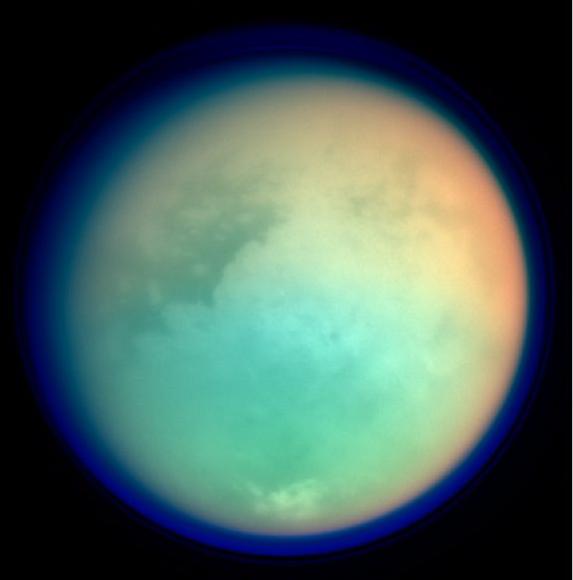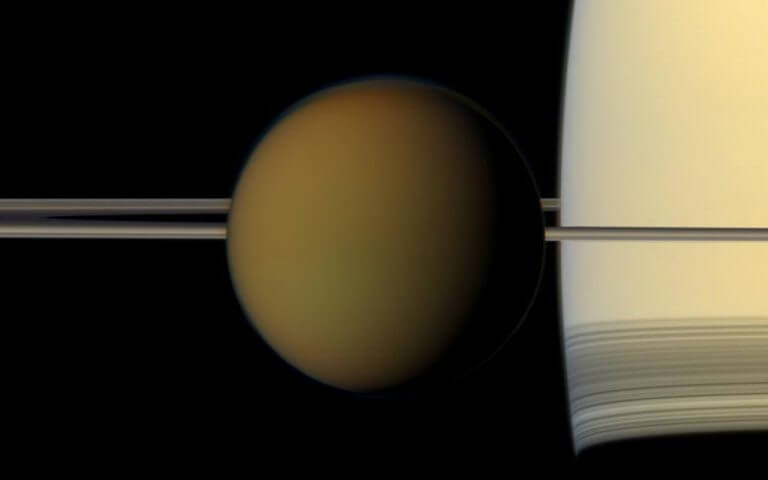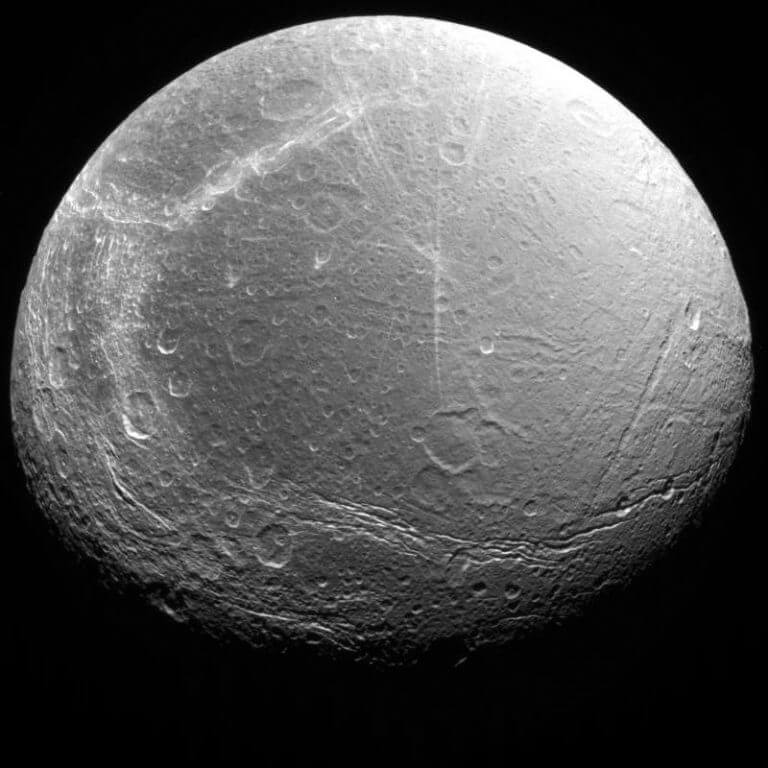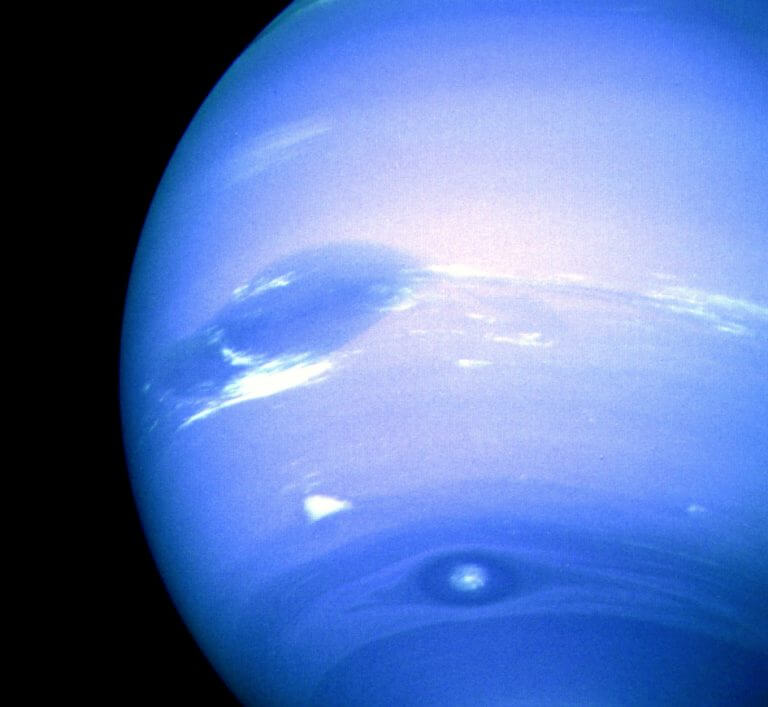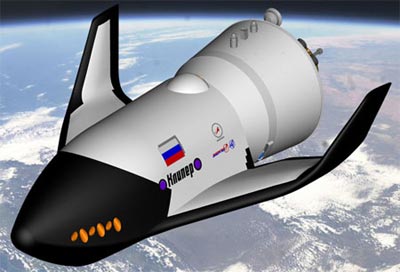Hayadan > Haim Mazar Archive
Haim Mazar
- Haim Mazar
- December 2, 2023
- One response
The first seismological measurements of the Insight were made near the landing of the spacecraft in September 2021. Among the seismic records were also two tremors on the other side of Mars that originated from a meteorite hitting its ground
- Haim Mazar
- May 9, 2023
- No comments
- Haim Mazar
- April 18, 2023
- No comments
For the first time, the temperature of a rocky planet was measured, as well as a planet similar to Jupiter but containing large amounts of heavy elements
- Haim Mazar
- December 18, 2022
- No comments
ISPACE was a competitor of SPACEIL in the Lunar X Prize competition and now they will try to do what Genesis 1 failed to do - to be the first private company to land on the moon
- Haim Mazar
- June 17, 2022
- One response
- Haim Mazar
- June 13, 2022
- One response
First summary of the findings of the MARS INSIGHT spacecraft on Mars
- Haim Mazar
- November 7, 2020
- No comments
It turned out that the lid of the tank was stuck with a lump of soil and did not close. The decision made was to reduce as much as possible various operations and store the material as quickly as possible. In addition, two facilities that were essential for taking the soil samples and which were no longer essential were disconnected from the spacecraft. These actions made it possible to close the lid of the tank
- Haim Mazar
- October 25, 2020
- 4 תגובות
For the past five years it has been circling Tzedek and transmitting to Israel a huge amount of photographs and information related to Tzedek. Since it has a large supply of fuel left, there are those who are thinking of extending its stay around Tedek. The intention is to study the large moons of the planet Io, Europa and Ganymede as well as the rings of Jupiter
- Haim Mazar
- July 25, 2020
- 3 תגובות
- Haim Mazar
- February 21, 2020
- No comments
- Haim Mazar
- February 4, 2020
- 2 תגובות
- Haim Mazar
- January 26, 2020
- 2 תגובות
- Haim Mazar
- January 5, 2020
- 7 תגובות
- Haim Mazar
- December 29, 2019
- 4 תגובות
- Haim Mazar
- October 30, 2019
- 4 תגובות
- Haim Mazar
- June 22, 2019
- 6 תגובות
- Haim Mazar
- June 15, 2019
- 3 תגובות
- Haim Mazar
- April 9, 2018
- 3 תגובות
- Haim Mazar
- April 4, 2018
- No comments
- Haim Mazar
- March 27, 2018
- One response
- Haim Mazar
- September 4, 2017
- No comments
- Haim Mazar
- September 2, 2017
- No comments
- Haim Mazar
- August 29, 2017
- 2 תגובות
- Haim Mazar
- August 25, 2017
- No comments
- Haim Mazar
- July 8, 2017
- 4 תגובות

